Exploring the hidden movements of life in the sea
Our exhibit took attendees on a journey through our ocean and the living organisms within it, from the micro-world of plankton and algae to the macro-world of the humpback whale, we explore how climate change and human activity is having a devastating impact on marine ecosystems and the creatures living within it.
As part of our exhibit we created "Maze of Misfortune", a fun maze-based video game with an educational twist inspired by retro classic Pac-Man.
The game helped users understand the importance of movement in the ocean and marine interconnectivity plus the impacts of human activity on the ability of sea dwelling species to move, survive and reproduce. Maze of Misfortune was developed by Manchester-based games specialist Bare Knuckle Development.
You can also find out more about the research carried out in our Ecology and Environmental Microbiology Group in the School of Life Sciences.
The header image used for this page is credit Getty Images torstenvelden
- 13988 miles is the longest recorded return migration in the sea (completed in just 172 days by a grey whale).
- 63% of large rivers are no longer free flowing.
- Up to 12.7 million tonnes of plastic enters the ocean each year.
Micro-world
Here we showcase some of our work on barnacles, diatoms and coral.
Often people assume that small organisms do not travel far, but that is simply not true. Planktonic algae, eggs and larvae can disperse with ocean currents for thousands of miles, connecting ecosystems, food webs and fragmented habitats like deep sea hydrothermal vents.
Traditionally larvae were thought to disperse as passive particles, but increasingly, scientists are realizing that often even limited swimming ability (e.g. moving up and down in the water column) can equate to vast differences in dispersal pathways.
Often a larger than expected fraction of coral reef fish larvae self-recruit to their parent's reef. How they find their way home is of great interest but some studies have shown how larvae and juvenile fish are attracted towards the sounds of coral reefs, opening up exciting opportunities to use soundscapes in reef restoration!
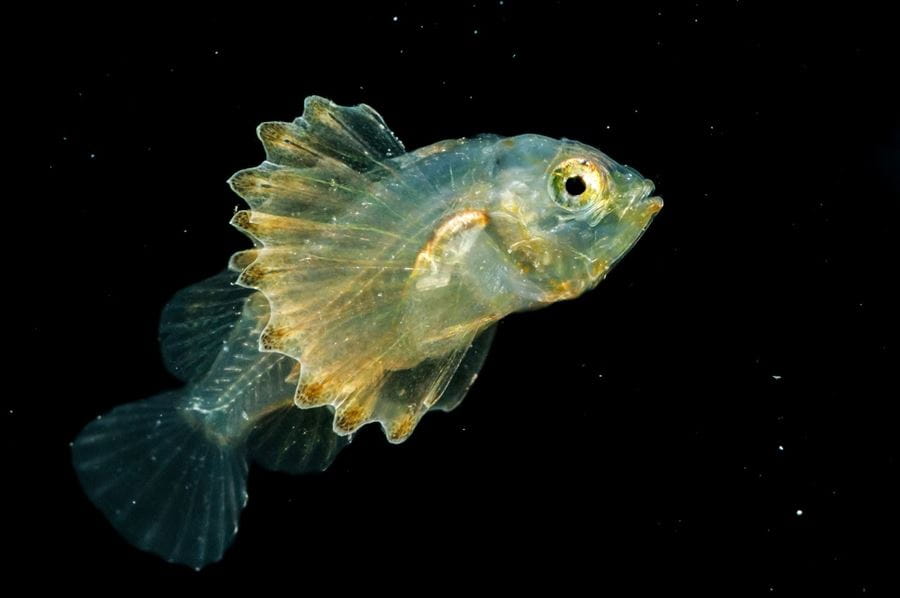
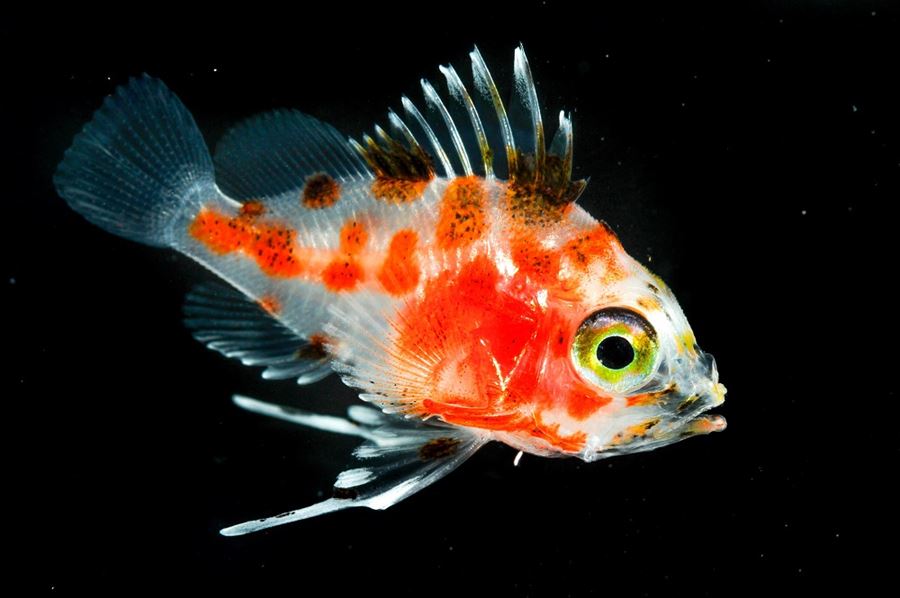
Meso-world
Fish schools are a beautiful phenomenon. Thousands of individuals all swimming together in perfect unison. They use the sensory pores in their lateral line to avoid bumping into each other. This example of collective navigation helps to protect them from predators and reduce energy expenditure.
See how our mathematicians model these movements and learn how they can help us understand crowd dynamics.
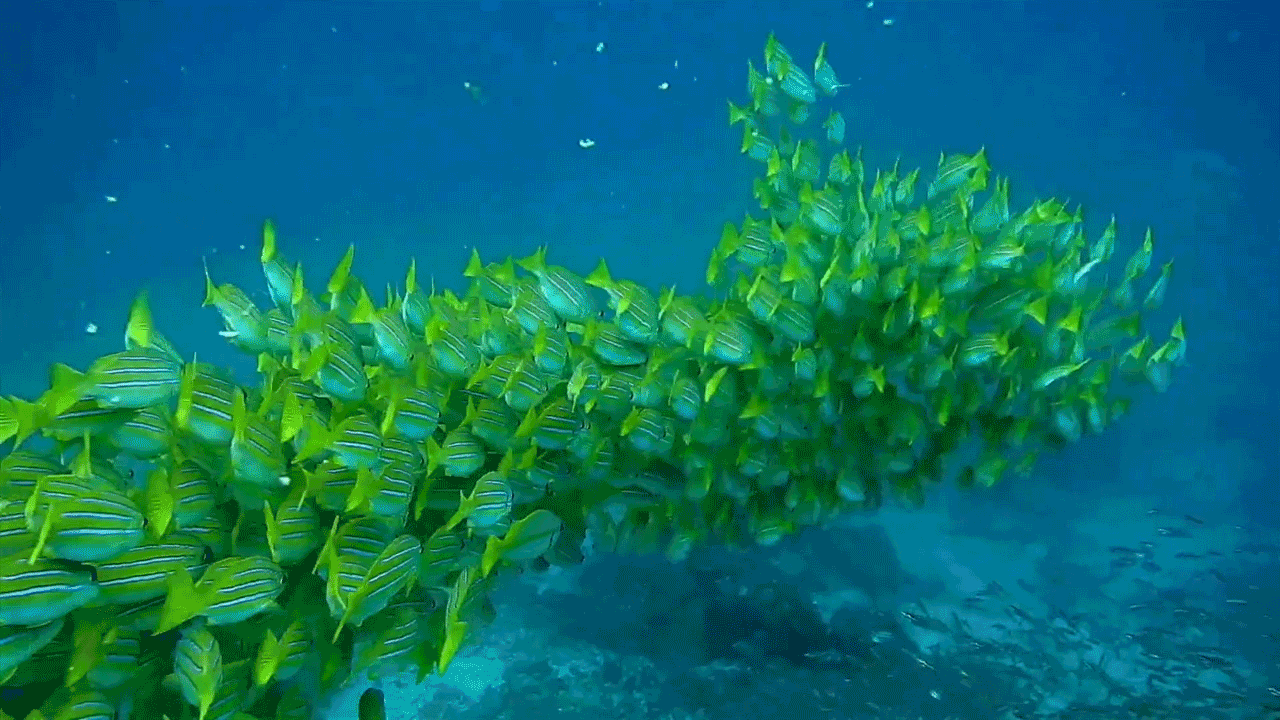
Macro-world
Here, we explore some of the most famous Ocean Travellers.
Salmon, turtles, whales, tuna and sharks undertake extensive migrations across ecosystems, ocean basins, countries and continents! These migrations have evolved over millenia to maximise fitness - tracking resources across shifting habitat mosaics, and returning to breeding areas that are most likely to improve the survival of their young. There would always have been dangers waiting for them along these energetically costly journeys.
However, during this period of unprecedented global change, the numbers of dangers they face and the barriers to migration are growing. They are also experiencing increasing frequency of episodic events that can reduce their survival and breeding success ('fitness').
At our exhibit you will be able to explore these concepts via tracks from tagged sharks and turtles that show their movements around the world in real time. You will also be able to play on a video game and learn about some of the barriers and stressors impacting the movements and survival of salmon, narwhals and turtles.
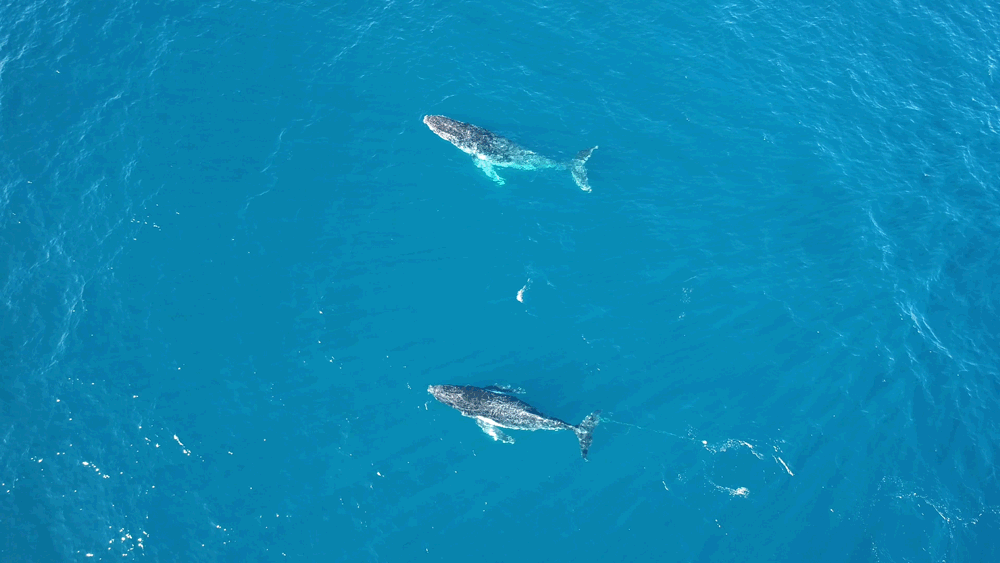
The team
The team is comprised of ecologists and mathematicians from the University of Essex and the Centre for the Environment, Fisheries and Aquaculture Science, whose work extends from land to sea, micro-organisms to tuna. They share a common passion for understanding organism movements and human impacts on connectivity and ecosystem function.

Lorna McKellar
Team member
Postgraduate student, School of Life SciencesLorna is an MSc student using otolith chemistry and archival tag data to better understand tuna movements and population connectivity.

Serena Wright
Team member
Fish ecologist, Centre for Environment, Fisheries and Aquaculture (CEFAS)Serena works at CEFAS and is an expert at tracking large fishes like tuna using data storage tags.

Mackenzie Scheuermann
Team member
Postgraduate student, School of Life Sciences- 316 species of sharks and rays are threatened with extinction.
- 25% of all marine lifeforms live in coral reefs, which themselves take up less than 1% of space in the ocean.
- 25% of marine mammals are threatened with extinction.
Funders and collaborators
We would like to say a huge thank you to our funders and collaborators who have contributed to this project.



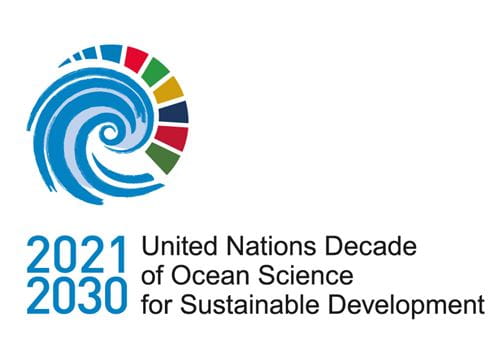

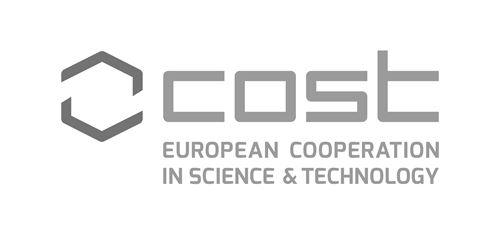



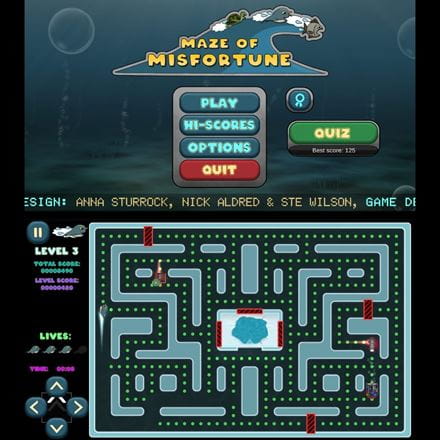
Our team has created a fun maze-based video game with an educational twist inspired by retro classic Pac-Man. Throughout the game you will learn about the importance of movement in the ocean and marine interconnectivity, and the impacts of human activity on the ability of sea dwelling species to move, survive and reproduce.

;)






